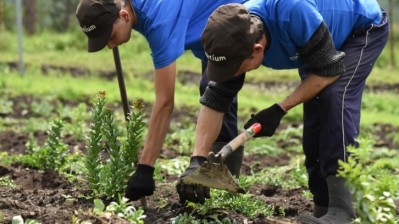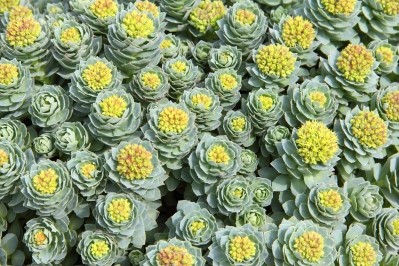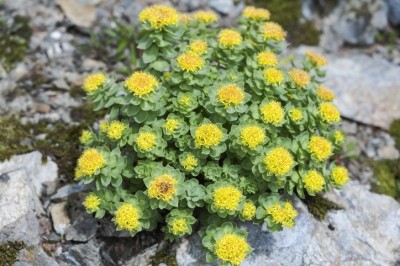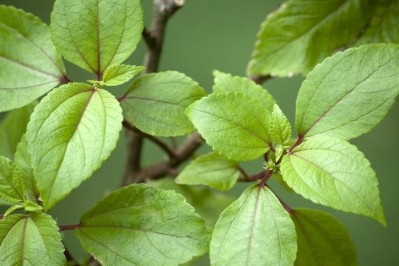Rhodiola’s addition to endangered species list sounds note of caution for supply of popular botanical
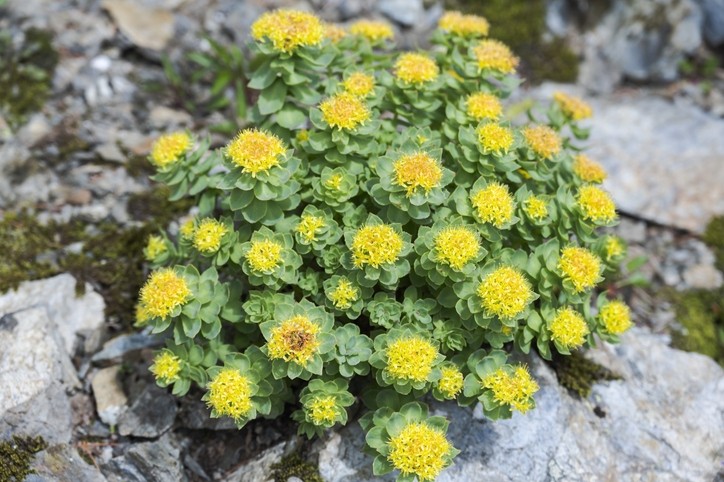
In mid November at a meeting in Panama City, Panama, all species of Rhodiola spp. were added to the CITES Appendix II. This listing will include annotation #2: “All parts and derivatives except: a) seeds and pollen; and b) finished products packaged and ready for retail trade.” This new listing will become effective in six months.
In comments to US Fish and Wildlife Service (the US CITES representative) prior to the meeting, the American Herbal Products Association requested that provisions be put in place to clearly identify the fact that Rhodiola rosea cultivation operations have been underway prior to the filing.
Wildcrafted sources already extensively exploited
Botanical ingredients consultant Thomas Brendler, PhD, told NutraIngredients-USA that the listing was precautionary in nature. Adding a species to Appendix II does not shut down trade in that item, but puts into motion the process of gathering more information on international trade flow in those goods.
“The CITES listing was triggered by wild populations being increasingly threatened. That is not to say that the harvesting practices have been unsustainable, but that there was simply not enough,” he said.
Rhodiola rosea is a low-growing herbaceous perennial that is native to northerly and high altitude areas in the Northern Hemisphere. For years the primary wildcrafted supply of the plant has come from the Altai Mountains region of southern Siberia, close to the borders with Mongolia, China and Kazakhstan.
Market has subsided, but is still significant
Rhodiola sales have declined in recent years, but still represent a substantial market. According the annual Herb Market Report from the American Botanical Council, sales of rhodiola products in the mass channel fell from $14.3 million in 2013 to $8.4 million in 2020.
The bioactives are extracted from the roots of the plant, and harvesters have long known how to take roots from plants without killing them, so that the same plant can supply material repeatedly. But the wild plants are only so prolific, and Brendler said most of the easily accessible areas where the plants are common have long been identified, meaning there are little to no new wild sources than might be brought online.
Note of caution, not alarm
Brendler said the new listing sounds a note of caution, rather than alarm. It’s unlikely to have a material effect on the trade in the near term.
“This means nothing much more than open monitoring of the trade of wildcrafted material,” he said. “If you are sustainably source from wild harvesting your supply chain should not be affected. I wouldn’t think that this will have any detrimental effect on the industry as a whole.”
What could have an effect is if climate change starts to make itself felt in the region, something that as far as is known has yet to be assessed in detail. One of the effects of climate change on local populations, especially in mountainous regions, can be that species might find their range ‘squeezed off’ mountain tops as the zone of milder conditions moves upward.
PLT: Issue has been foreseen
Mitigating the effects that those changing conditions might have on a given species is much more easily done when that plant is under cultivation. One large scale cultivation effort is a partnership between Spanish botanical supplier Nektium and New Jersey-based branded ingredient marketer PLT Health Solutions. That project, and the work with local wildcrafters that preceded it, have put the partners into a good position both from a CITES standpoint as well as being able to meet the demand from formulation partners.
“This has been on the radar for quite some time,” said Devon Stagg, chief operating officer of PLT. “A lot of investments have been made into this supply chain over the years.”
“Nektium has done a good job over the past 15 years putting into place and following best practices on the wildcrafting end. And in the past six or seven years they’ve been working on the cultivation aspect,” he said.
“We are happy to see that recognition put into place to help protect against unsustainable harvesting. Because of the work Nektium has done, we are not concerned about being able to meet these new standards,” Stagg added.
ABC: More additions to CITES lists likely
Stefan Gafner, ABC’s chief science officer, said the addition of rhodiola to the CITES list will likely be the harbinger of other additions in the near future. He also said it will put a premium on supply chain transparency.
“From the conversations I’ve had with some of the experts in the area I do believe that overall the current harvest pace for Rhodiola rosea and some other species is not sustainable,” Gafner said.
“The suggestion is to go to cultivated material, which the Nektium project shows can be done. But it is more expensive. I would expect that more botanical ingredients will end up on the CITES lists, especially when they can be had for lower cost from wildcrafting and establishing cultivation might take a long time,” he said.
